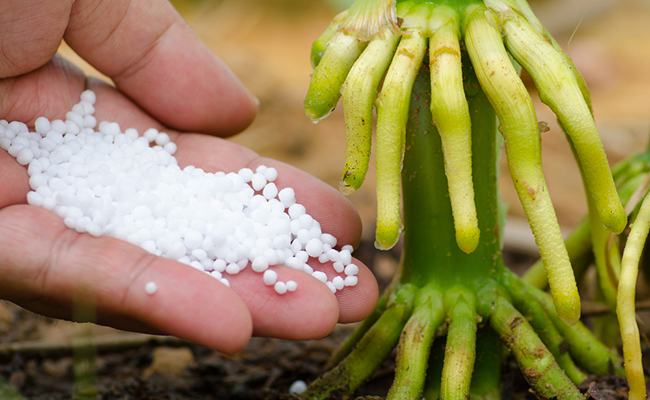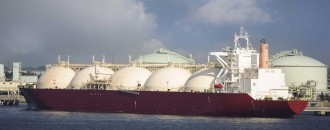
Falling gas prices to offset urea imports, subsidy burden
The Dollar Business Bureau  The decreasing price of natural gas has created an opportunity for India to enhance its urea production capacity through gas-based plants and offset its subsidy burden. Out of the total consumption of 30 million tonnes per annum (MMTPA), 23 MMTPA is produced in India and 2 MMTPA is imported from Oman under the Urea Off-Take Agreement. The balance requirement of up to 5 MMTPA is met through imports. The government had to increase the subsidy allocation for indigenous urea plants to Rs 360 billion in FY15 from Rs 265 billion in FY14 and revise it to Rs 382 billion (bn) for the current financial year. The subsidy burden had increased due to the upward revision of gas prices in November 2014, said India Ratings & Research Company (Ind-Ra) in its recent report. The report had predicted that the government’s urea subsidy bill will be reduced up to Rs 9.3 billion in the financial year 2016 due to falling domestic natural gas prices. The reduced gas prices could support post cut-off urea production in the short term, however, a paradigm shift in the fertilizer policy with urea price decontrol could be the only sustainable solution to support the domestic urea industry. As per the new foreign trade policy announced last month, the government stabilises the prices of natural gas and imported Liquefied Natural Gas (LNG) used by the domestic fertilizer plants. Under this policy, the government supplies gas at uniform delivered price to the fertilizer plants on the gas grid for the production of urea under a pooling mechanism. The move is aimed at bringing the cost of urea production less than the price of imported urea. An increase in domestic manufacturing of urea will help fertilizer plants in Gorakhpur, Barauni and Sindri. Of the total 30 fertilizer units in India, 27 are gas-based and 3 units – Mangalore Chemicals & Fertilizers Limited (MCFL), Madras Fertilizers Limited (MFL) and Southern Petrochemicals Industries Limited (SPIC) — are Naphtha-based. Urea demand for the year 2016-17 is projected at 34 MMTPA and by 2017-18, it is expected to reach 38 MMTPA.
The decreasing price of natural gas has created an opportunity for India to enhance its urea production capacity through gas-based plants and offset its subsidy burden. Out of the total consumption of 30 million tonnes per annum (MMTPA), 23 MMTPA is produced in India and 2 MMTPA is imported from Oman under the Urea Off-Take Agreement. The balance requirement of up to 5 MMTPA is met through imports. The government had to increase the subsidy allocation for indigenous urea plants to Rs 360 billion in FY15 from Rs 265 billion in FY14 and revise it to Rs 382 billion (bn) for the current financial year. The subsidy burden had increased due to the upward revision of gas prices in November 2014, said India Ratings & Research Company (Ind-Ra) in its recent report. The report had predicted that the government’s urea subsidy bill will be reduced up to Rs 9.3 billion in the financial year 2016 due to falling domestic natural gas prices. The reduced gas prices could support post cut-off urea production in the short term, however, a paradigm shift in the fertilizer policy with urea price decontrol could be the only sustainable solution to support the domestic urea industry. As per the new foreign trade policy announced last month, the government stabilises the prices of natural gas and imported Liquefied Natural Gas (LNG) used by the domestic fertilizer plants. Under this policy, the government supplies gas at uniform delivered price to the fertilizer plants on the gas grid for the production of urea under a pooling mechanism. The move is aimed at bringing the cost of urea production less than the price of imported urea. An increase in domestic manufacturing of urea will help fertilizer plants in Gorakhpur, Barauni and Sindri. Of the total 30 fertilizer units in India, 27 are gas-based and 3 units – Mangalore Chemicals & Fertilizers Limited (MCFL), Madras Fertilizers Limited (MFL) and Southern Petrochemicals Industries Limited (SPIC) — are Naphtha-based. Urea demand for the year 2016-17 is projected at 34 MMTPA and by 2017-18, it is expected to reach 38 MMTPA.
This article was published on April 22, 2015 – 8:15 pm IST.





 to success.
to success.